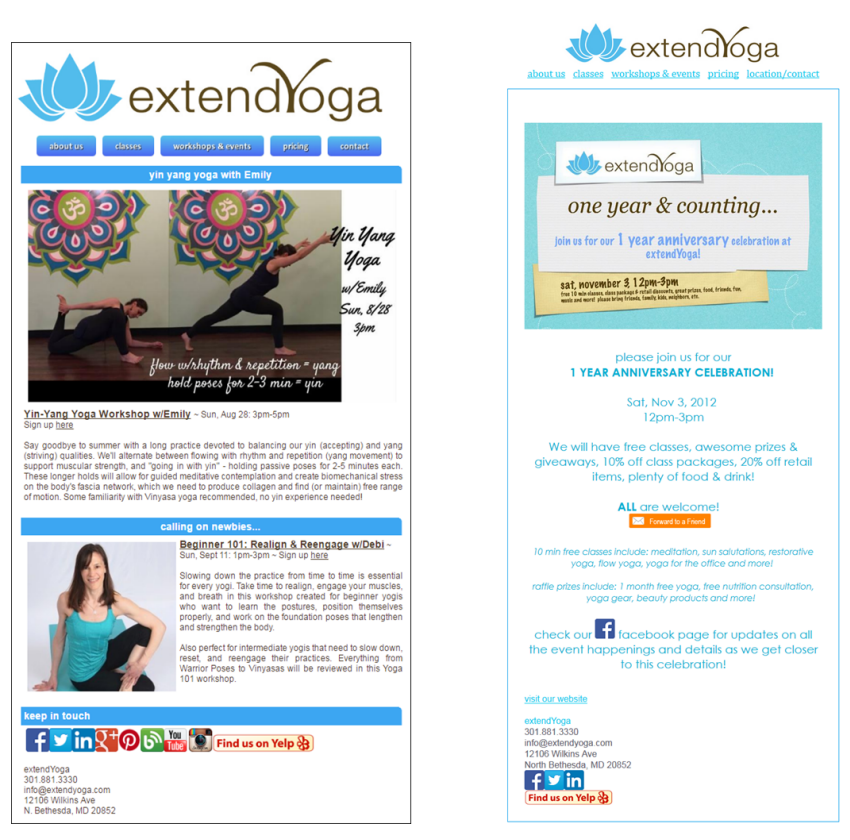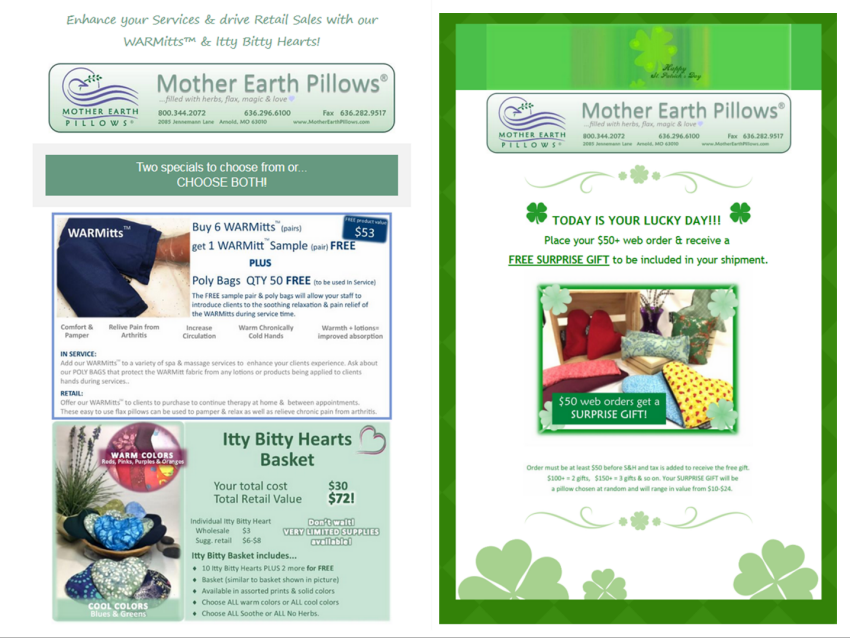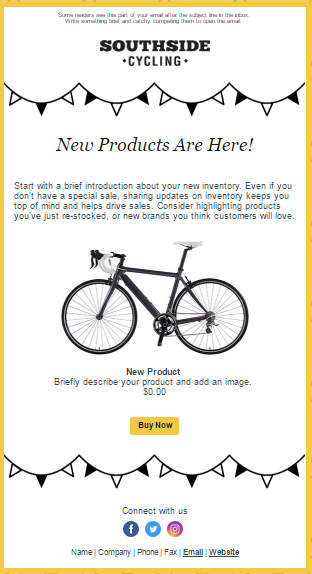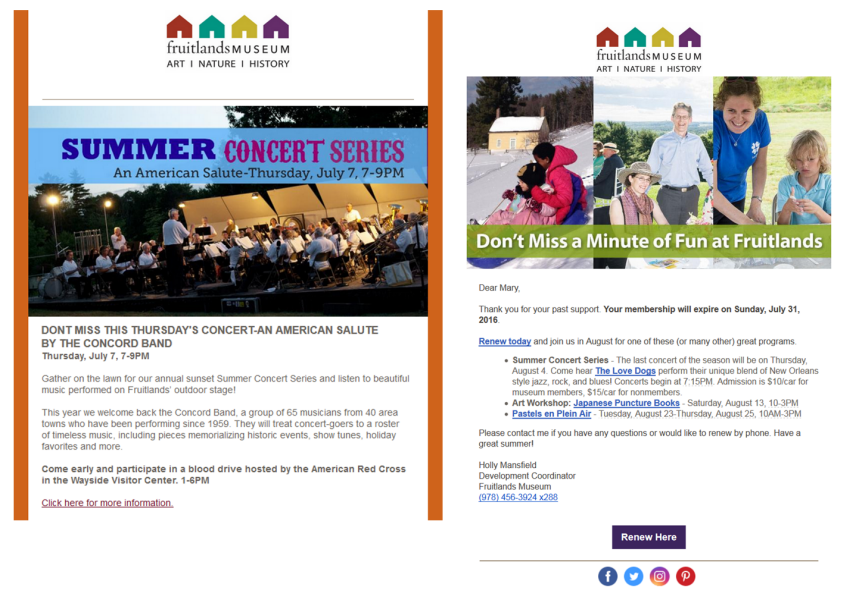Plenty of people talk about the power of building an email list of customers, prospective customers, and connections. Email lists typically outperform social in terms of response rates and conversions. Unlike SEO, email is immune to algorithm changes that could make your search rankings disappear.
And to many people--including prospective partners, investors, and publishers--the size of your email list matters a lot more than the size of your social following.
So how do you build your own email list? And how can you do it if you're willing to spend time but not necessarily money?
Good question -- so I asked someone who has, simply by using LinkedIn.
The following is from Chris Spurvey, the author of It's Time to Sell: Cultivating the Sales Mind-Set. Chris helps entrepreneurs and business owners sell their products and services with confidence.
Here's Chris:
In late 2014, I decided to write a book. After I got over the paradigm that tried to hold me back--that told me I could not write--I put myself on the right path and dove in. A few weeks in, I began to think about who would buy my book. I thought, How will people hear about my book?
That an email list is a key asset for any business has been well documented. Yes, followers on the various social media platforms are valuable; however, those platforms are constantly changing the rules of the game, to the point that the value of having the following is changing and, in most cases, decreasing.
Start your trial to experience our easy-to-use email marketing tools and more. You'll also have access to personal coaching and resources to get you real business results.
So I decided to start an email list and publish articles on LinkedIn. I am not even remotely close to being the most successful writer on the LinkedIn platform, but I have been consistent in my contributions, which has led to several thousand subscribers opting in to receive my weekly email newsletter.
Here are the ideas that I have deployed to gain new subscribers to my email list. And if you're interested, here's a free download that you can use to deploy these suggestions.
1. Welcome readers to share your article.
After the first piece of valuable information in each of my articles, I include the following text:
If, after reading this article, you conclude that you found it helpful, please feel free to share it with your network. Perhaps we can all learn from one another. Thanks!
This simple suggestion plants in the reader's mind the idea that you have contributed something that his or her network will benefit from. A few of my articles have been shared more than 100 times on LinkedIn alone.
2. Suggest other articles of yours that you believe your readers will benefit from.
Whenever appropriate, embed the suggestion for further reading directly into the text of an article. I also include at the bottom of each article a list of two or three articles for further reading on that topic or related topics.
This practice enables readers to become more familiar with your writing. Mike Johnson is a master at this. Last Saturday morning, I found myself captivated by his articles about how to build passive income, entirely due to him having recommended other articles.
3. Invite readers to connect more deeply with you.
At the end of each article, I invite people to follow me or connect with me on LinkedIn. When I receive a request, however, I don't automatically accept it unless it is from a person whose name I recognize.
Instead, I take the time to look closely at the profile of the person who has sent the request and then reply to it with a message inviting the person to subscribe to my email newsletter. My typical reply looks like this:
Hey Dan, Sorry for the delay on responding to your connection request. I let them pile up in the hopes I will find the time to respond to each of them personally. :) For a number of years, I have been blogging on the topic of attracting new clients. I welcome you to check out my website and subscribe to my Sunday morning newsletter. I typically share a story about me falling down and picking myself back up in the world of sales. You can check it out at chrisspurvey.com.
This message has resulted in a 25% conversion rate.
4. Draw attention to your email newsletter.
Do this at the end of each article. Here is the text that I typically include:
If this article resonated with you, I welcome you to subscribe to my Sunday morning e-newsletter. In that, I share stories about me falling down and getting back up as I pursue sales as my career. You will receive the first three chapters of my best-selling book, It's Time to Sell: Cultivating the Sales Mind-Set, as a welcome to the newsletter. The book and newsletter will change how you look at life and sales.
5. Use lead magnets.
I have successfully deployed a number of lead magnets. The most recent one is my It's Time to Sell personalized sales plan. It's a 27-page PDF that walks people through how to leverage their personality to become more effective at sales. I also have offered LinkedIn Publishing checklists, or cheat sheets, about how to find your own unique ability to sell.
In the vein of a lead magnet, here is cheat sheet that you can use in deploying the tactics outlined in this article the next time you publish an article. These tactics are just as effective on other platforms, such as Medium and beBee, as they are on LinkedIn.
The key with lead magnets is to deliver extra value in what you provide in exchange for obtaining the person's email address. You lose credibility if you do not.
These strategies have helped me to grow an asset that I will carry with me forever. So, although the platform may change... as long as I offer value in my weekly emails I can take my list wherever I go.
Source: http://www.inc.com/
Image Credit: Getty Images
ABOUT WNFP
Westchester Networking for Professionals (WNFP) is a business networking association dedicated to helping small businesses and entrepreneurs develop, expand and grow. We offer affordable opportunities to help create a positive impact and advancement in your business interests and personal quality of life to take you to the next level.
Stay Connected with WNFP!





































